The VW ID. Buzz stands out from the rest of its competitors, as it not only has a degree of nostalgia about it but it’s also rather unique in the all-electric market. While its novelty and spacious design make it different from rival SUVs, it’s hard to ignore its steep asking price which starts from £58,915 and the vehicle’s tested electric range of 210-230 miles.
In the UK, there are only two available trims: the Life and Style, both of which house a stock nine-speaker system. At the time of writing, there are no upgrade options but there is scope for it, as there are a few empty speaker cutouts throughout the cabin.
Click here to read the full Volkswagen ID. Buzz review
VW ID. Buzz audio setup
To tinker with the vehicle’s audio settings, you’ll have to navigate to the appropriate menu on the 10″ (or 12″ if added as part of a £1,560 option) infotainment system – here are our optimal settings:
- Bass: +1
- Mid: -1
- Treble: +1
- Balance & Fader: Centre
- Adjust according to speed: +4
In order to connect to the vehicle’s system, Apple CarPlay and Android Auto are both supported over a wired and wireless connection. Of course, Bluetooth is also an option with the lowest quality SBC codec supported – for the utmost sound quality, we’d always suggest plugging in your smartphone.
Moving onto media controls, they can be accessed through the display, via the volume touch-based slider found just below the screen and through the haptic buttons located on the steering wheel.
Read next: Kia Soul EV audio review: 10-speaker Harman Kardon system
VW ID. Buzz audio performance
For a demo of the Volkswagen ID. Buzz’s audio system head on over to our YouTube channel.
In terms of its audio configuration, both trims at the time of writing feature the same nine-speaker system, which comprises of five audio drivers at the front of the cabin and four at the rear; there are two speakers within each of the rear sliding doors, a singular speaker within each of the front doors, a centre speaker and a tweeter found at each extremity of the dashboard (the cowl).
If you have a keen eye, you’ll notice that there are empty speaker grilles that can be found within each of the front doors, between the C- and D-pillars and in the boot. The latter omission suggests that there will be the addition of a subwoofer coming in at a later date.
We’ve reached out to Volkswagen for further information on the wattage, driver sizes and upgradability of the system – we’ll be sure to update this review if and when the German automaker is able to share the details.
Given that there’s no subwoofer, one might expect a dampened low-end response, but surprisingly the system is competent in providing those lower echelons of the frequency range. There’s a bit of rumble and extension that one can feel both at the front and rear of the cabin.
Equally, the mid-bass tones are hearty and provide for an exciting sound, especially with one notch added onto the ‘Bass’ EQ. However, there is a lack of control and precision with low-end slams. There is also a bit of rattle that can be heard coming from the plastic door frames, which does detract from the overall sonic reproduction. Given the asking price of the ID. Buzz, it’s disappointing not to see more premium materials used throughout the cabin.
What really lets it down is its recessed mid-range. Vocals are pushed back and are dominated by the other tones. While you might be tempted to boost the ‘Mid’ EQ through the infotainment system, it will hamper the system’s accuracy. In fact, we found that by leaving it in its default setting, DaniLeigh’s vocals in ‘Easy’ sounded a bit artificial, thus reducing the ‘Mid’ EQ by one notch resulted in a better experience, albeit one that further dampened the mid-range reproduction.
Read next: The best dash cams to mount inside your vehicle
Thankfully, the highs are there to provide that toe-tapping feeling. Due to the inclusion of tweeters both at the front and rear of the cabin, it makes for a pleasurable sound. Equally, this aids instrument separation, with rear occupants being invited to the party due to the inclusion of those extra audio drivers – it’s great to see Volkswagen has considered its target audience, as one of our complaints of the ID.3’s audio system was the lack of rear speakers.
However, much like its smaller sibling, the ID. Buzz does suffer from a somewhat uni-directional audio reproduction. Due to the cabin’s size, the rear drivers fail to fill the space, and with five speakers found at the front of the cabin, all occupants will be left a little uninspired. The overall width and depth is slightly disheartening – should the automaker have the option of adding more speakers within the cabin, namely at the rear, one can only imagine that the experience will improve.
Finally, regarding cabin noise, the ID. Buzz provides a surprising amount of noise isolation, but nonetheless, you will hear a bit of tyre noise creeping in at higher speeds and wind noise deflecting off the windscreen. Using a sound meter, we recorded 36 dBA at a standstill; driving at 20mph, 54-59 dBA; driving at 30-40mph, 64-68 dBA; and at 70mph, 71-75 dBA.
We would like to point out, however, that there was a bit of low-end resonance that could be heard when traversing uneven terrain; it’s not overly distracting but worth considering that a lot of its similarly-priced rivals don’t suffer from this phenomenon.
Read next: Tesla Model Y audio review: An audiophile’s dream?
TotallyEV’s verdict on the VW ID. Buzz’s audio system
The ID. Buzz’s stock nine-speaker audio system will leave the average listener excited, especially as the system is capable of reproducing a lively sound. As a result, it receives TotallyEV’s Audio Approved award.
Find the best VW ID. Buzz deals
However, audiophiles might want to look into third-party alternatives, wait for Volkswagen to provide an audio upgrade as part of a option, or look at rival alternatives for a bettered experience.
What do you make of the vehicle’s audio system? Let us know in the comments section below or via social media; we’re on: YouTube, Instagram, Facebook, Twitter and LinkedIn.

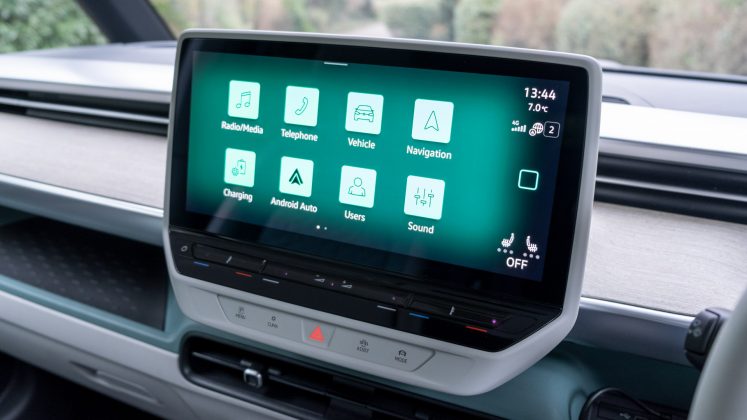
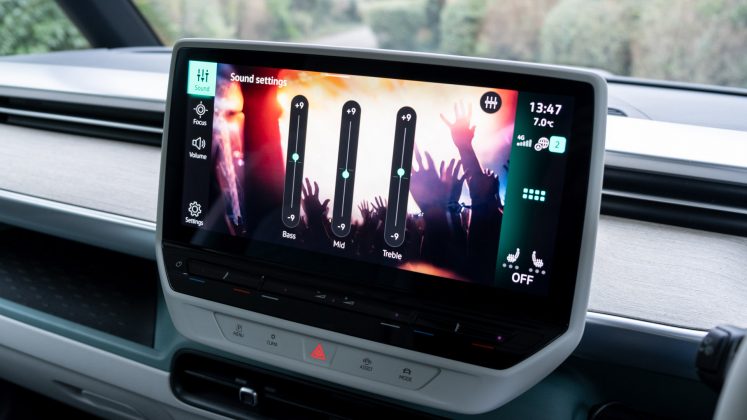
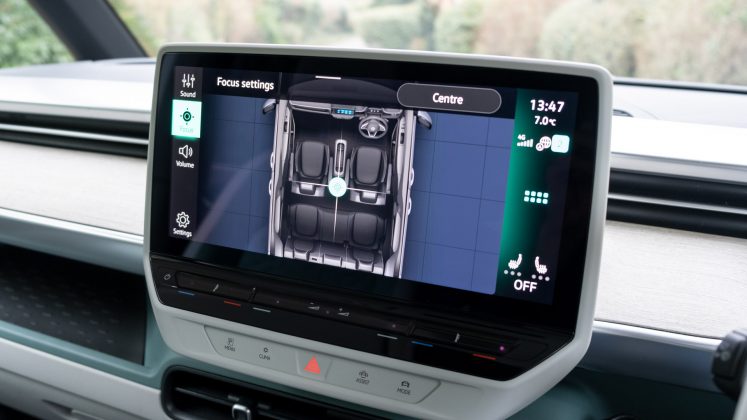
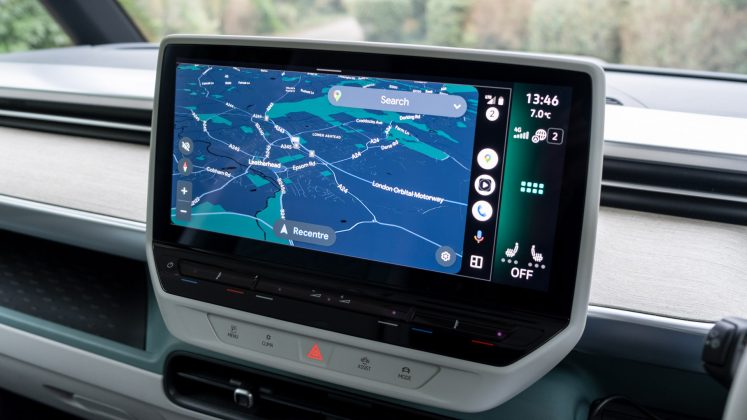
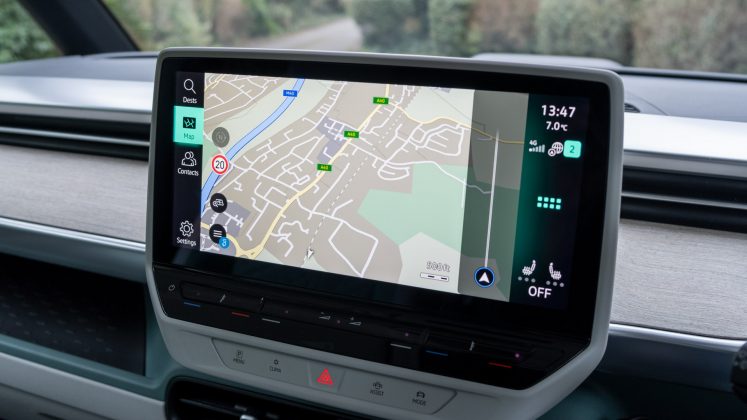
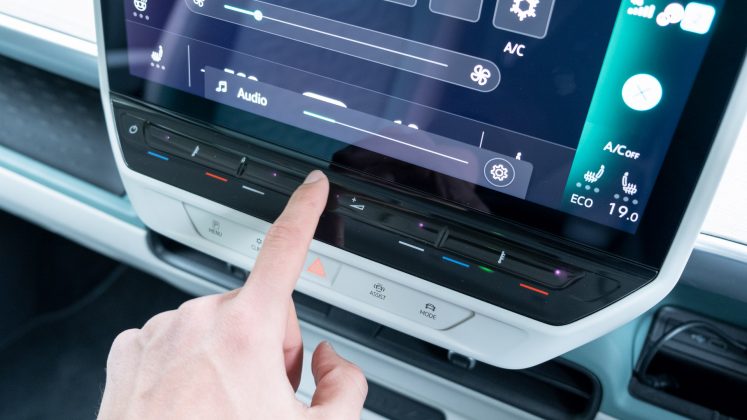
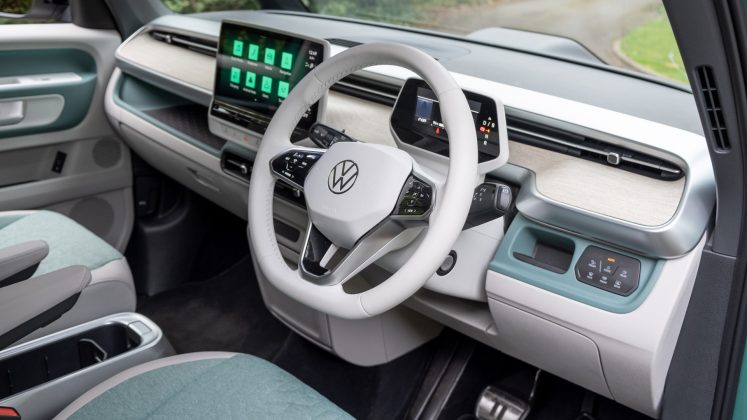
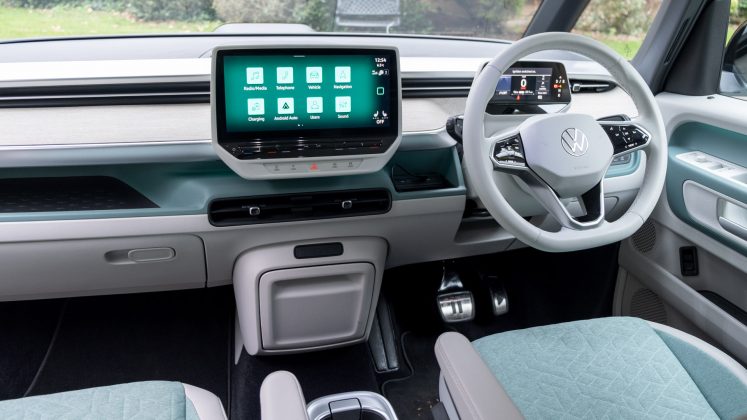
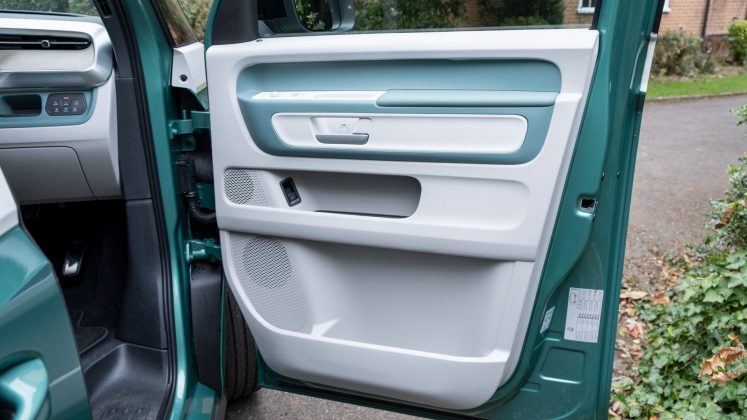
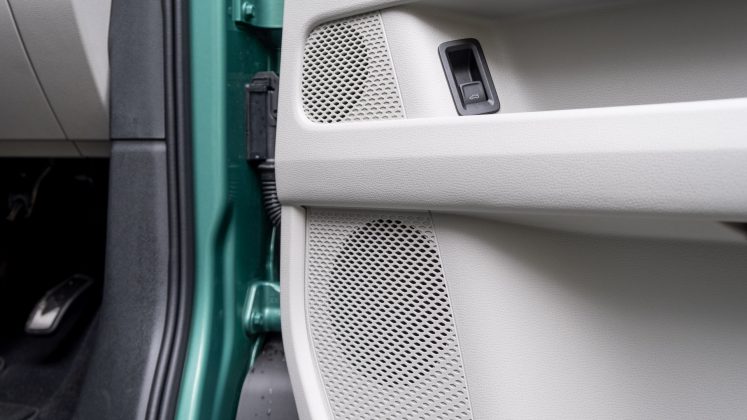
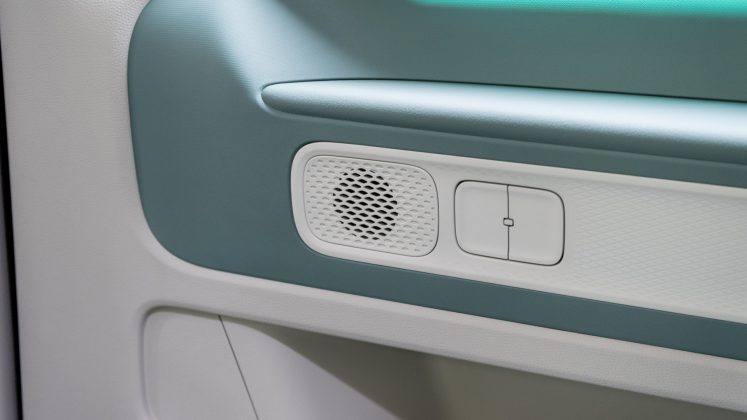
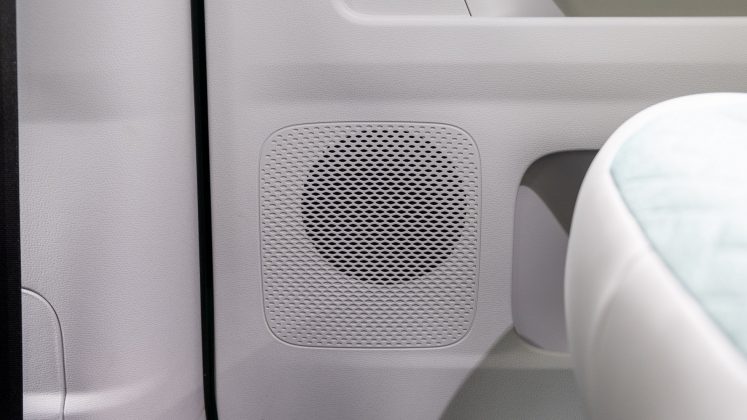
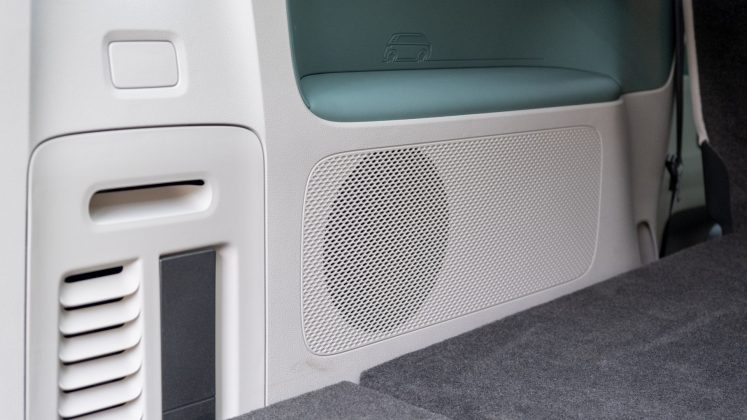
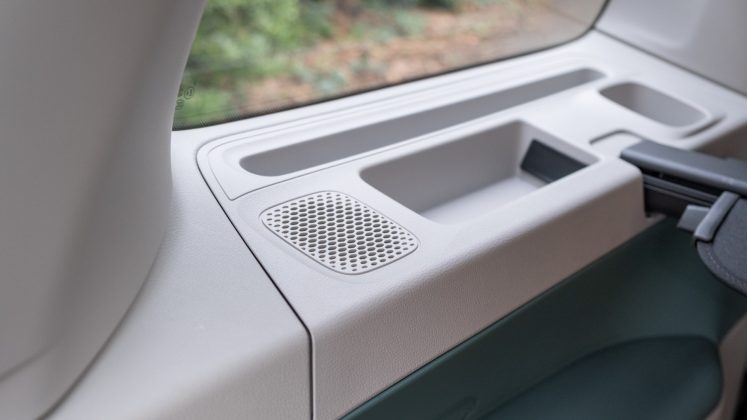

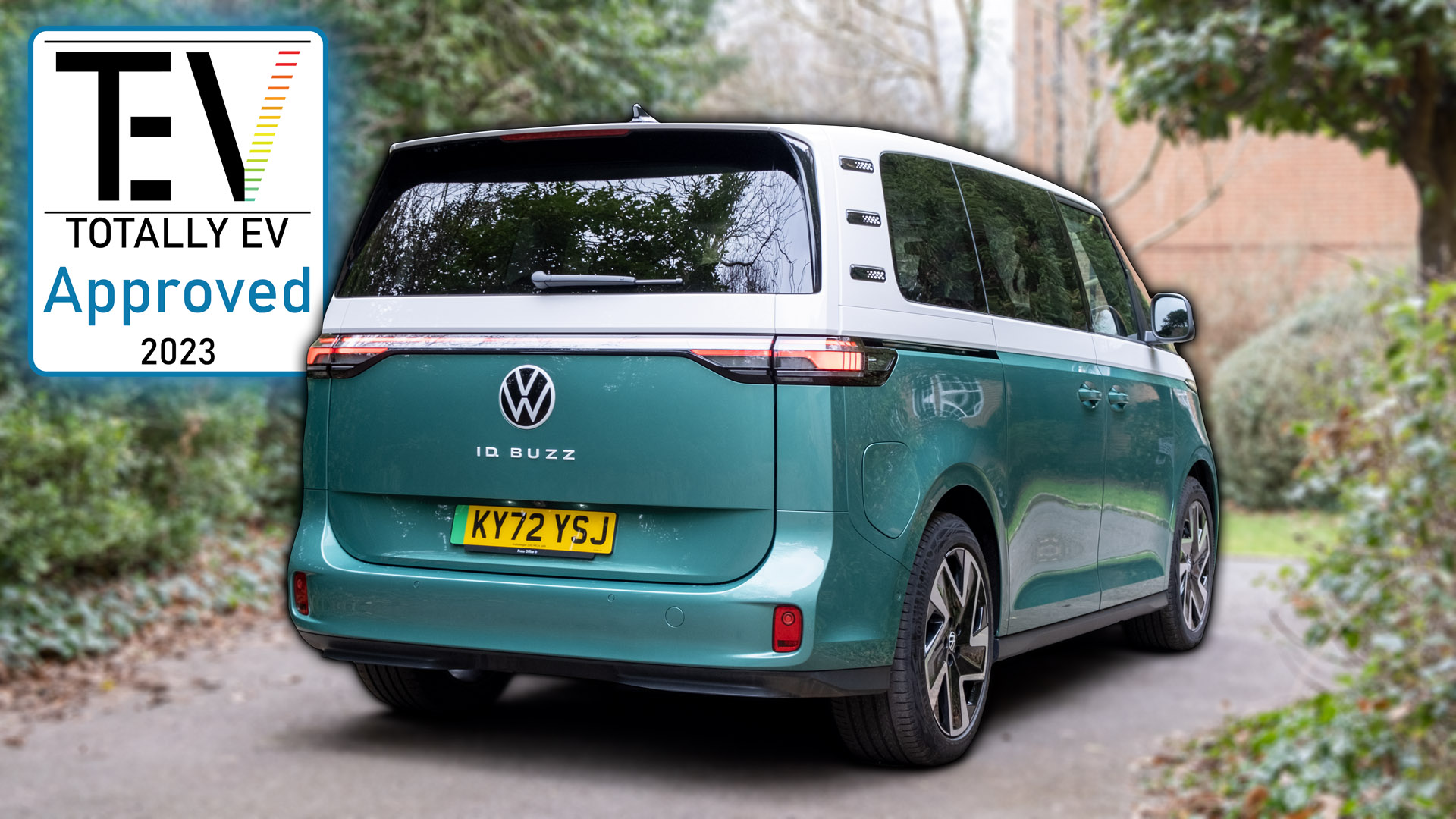




Interesting review. As a Buzz owner, I couldn’t disagree more. The sound is nothing but a great disappointment. At a standstill, one might possibly agree with your review, but excited? Never. Some radio stations have a decent sound quality but as soon as you get up to speed the base just goes missing in the road noise. After a few hours on a long drive, the higher frequencies really start to annoy and I find myself turning them down more and more. Spotify or Apple Music on bluetooth is just terrible and frankly not very good with a cable either. The speakers are nowhere near capable to handle the large volume of the car. Compared to the stock sound setup in my Sharan, this is really bad. There are a number of retrofit solutions but having to pay 1000-1500 euros to get good sound is not a pleasing idea considering the price of the car. VW dropped the ball on this one.
Disappointing to hear you find it that bad!